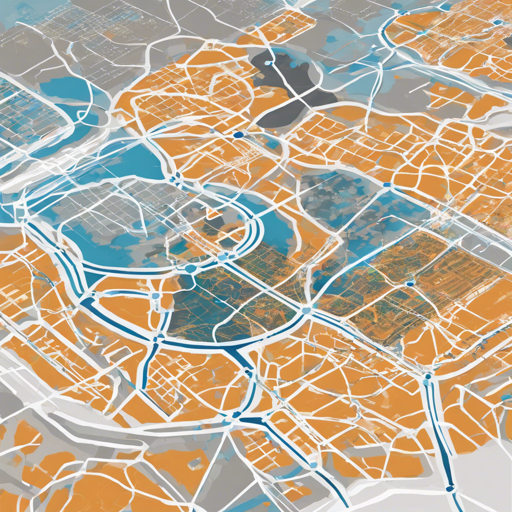Welcome to your ultimate guide on how to harness the power of GeoWave, a cutting-edge tool designed to enhance your capabilities in storing and processing geospatial data. This blog will walk you through the essential steps to get started, troubleshooting tips, and insights on leveraging GeoWave effectively.
What is GeoWave?
GeoWave is an innovative open-source software that adds multi-dimensional indexing capabilities to key-value stores like Apache Accumulo, Apache HBase, and others, allowing users to manage geospatial data with ease. It acts as a bridge between geospatial software and modern distributed computing systems, making geographic information accessible and actionable.
Getting Started with Installation
Before diving into using GeoWave, you need to install it. Here are simple ways to install GeoWave:
- Standalone Installers: The quickest way to get started. Refer to the Installation Guide for more details.
- RPM Repository: Suitable for distributed environments. Check the Installation Guide for more information.
- Build from Source: Follow the Developer Guide if you prefer this method.
Utilizing GeoWave: Programmatic and Command-Line Access
Once GeoWave is installed, it’s time to start using it. You can either use programmatic access through Maven or the command-line interface (CLI). Here’s a breakdown:
Programmatic Access
Imagine setting up a library to store your books; you need to tell the library what kind of books you’re adding and how to retrieve them later. Similarly, using Maven, you reference GeoWave artifacts in your project:
<dependencies>
<dependency>
<groupId>org.locationtech.geowave</groupId>
<artifactId>geowave-datastore-$keyvalue-datastore</artifactId>
<version>$geowave.version</version>
</dependency>
<dependency>
<groupId>org.locationtech.geowave</groupId>
<artifactId>geowave-adapter-vector</artifactId>
<version>$geowave.version</version>
</dependency>
<dependency>
<groupId>org.locationtech.geowave</groupId>
<artifactId>geowave-adapter-raster</artifactId>
<version>$geowave.version</version>
</dependency>
</dependencies>You can then create a DataStore, add data types, and utilize writers and queries to manage geospatial data.
Command-Line Access
Alternatively, if you’re more comfortable with direct commands, you can use the GeoWave CLI, similar to ordering books directly from a librarian without the need for a catalog. Here are some commands to get you started:
geowave store add -t rocksdb myStore
geowave index add -t spatial myStore spatialIdx
geowave ingest localToGW -f geotools-vector states.shp myStore spatialIdx
geowave vector query SELECT * FROM myStore.statesTroubleshooting Common Issues
Getting started with any new technology can come with its own set of challenges. Here are some common issues you might face along with solutions:
- Issue: Unable to connect to the key-value store.
- Solution: Ensure that the store is running and accessible from your machine.
- Issue: The ingestion of data fails.
- Solution: Double-check the format of your input data and the command syntax.
- Issue: Errors while executing commands in CLI.
- Solution: Refer to the CLI documentation to verify command usage.
For more insights, updates, or to collaborate on AI development projects, stay connected with fxis.ai.
Conclusion
GeoWave is a remarkable tool that empowers users to take full advantage of geospatial data. By following the installation process, utilizing programmatic or command-line access, and troubleshooting effectively, you can unleash the true potential of your geospatial projects.
At fxis.ai, we believe that such advancements are crucial for the future of AI, as they enable more comprehensive and effective solutions. Our team is continually exploring new methodologies to push the envelope in artificial intelligence, ensuring that our clients benefit from the latest technological innovations.

